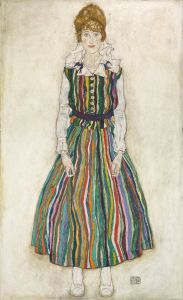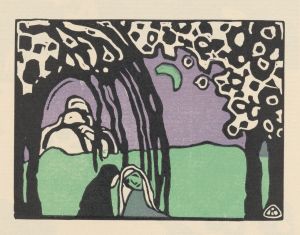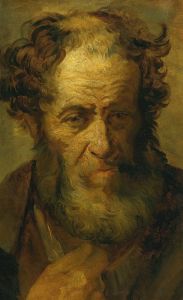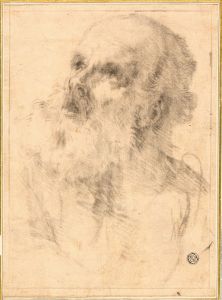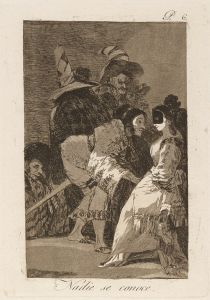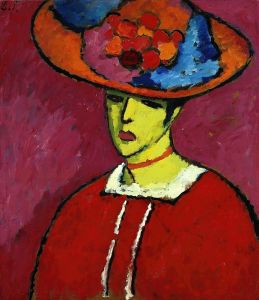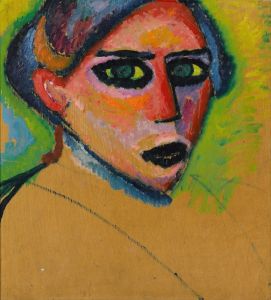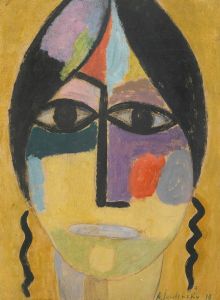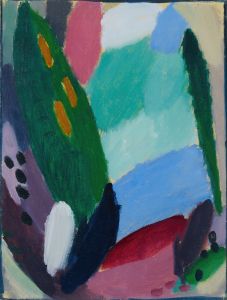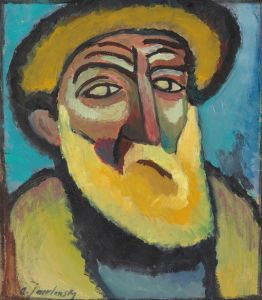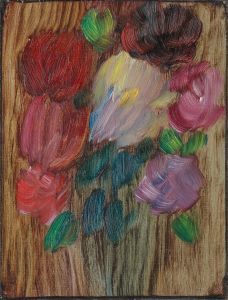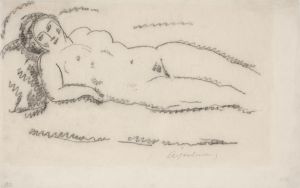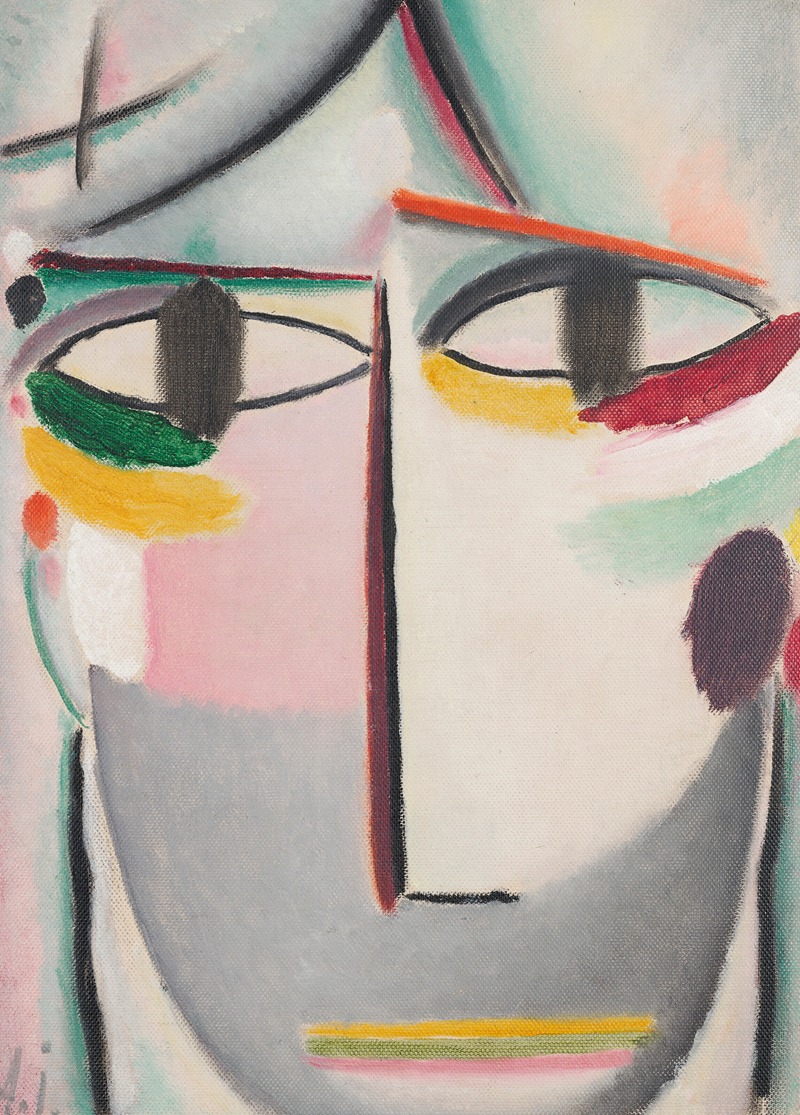
Heilandsgesicht
A hand-painted replica of Alexej von Jawlensky’s masterpiece Heilandsgesicht, meticulously crafted by professional artists to capture the true essence of the original. Each piece is created with museum-quality canvas and rare mineral pigments, carefully painted by experienced artists with delicate brushstrokes and rich, layered colors to perfectly recreate the texture of the original artwork. Unlike machine-printed reproductions, this hand-painted version brings the painting to life, infused with the artist’s emotions and skill in every stroke. Whether for personal collection or home decoration, it instantly elevates the artistic atmosphere of any space.
Alexej von Jawlensky was a Russian expressionist painter, known for his vivid use of color and bold, emotive style. Among his notable works is "Heilandsgesicht," which translates to "Savior's Face" in English. This painting is part of Jawlensky's series of works that explore religious and spiritual themes through abstract and expressionist techniques.
Jawlensky was born in 1864 in Torzhok, Russia, and later moved to Germany, where he became associated with the expressionist movement. He was a member of the Blue Rider group, alongside artists like Wassily Kandinsky and Franz Marc, who sought to express spiritual truths through their art. Jawlensky's work is characterized by its vibrant colors and simplified forms, often focusing on the human face as a means of conveying deep emotional and spiritual content.
"Heilandsgesicht" is a prime example of Jawlensky's mature style, which he developed in the later years of his career. This painting is part of a series known as the "Meditations," created during the 1920s and 1930s. In these works, Jawlensky focused on the human face, reducing it to a series of abstract shapes and colors. The "Heilandsgesicht" paintings are particularly notable for their spiritual intensity and the way they convey a sense of inner contemplation and peace.
The "Heilandsgesicht" series reflects Jawlensky's interest in the intersection of art and spirituality. Influenced by his Russian Orthodox background and his exposure to various spiritual philosophies, Jawlensky sought to create works that transcended the material world and connected with the viewer on a deeper, more spiritual level. The faces in these paintings are not meant to be realistic portraits but rather symbolic representations of the divine or the inner self.
In "Heilandsgesicht," Jawlensky uses bold, contrasting colors to create a sense of harmony and balance. The face is often depicted with a serene expression, with eyes closed or gazing inward, suggesting a meditative state. The use of color and form in these works is highly symbolic, with each hue and shape chosen to evoke specific emotional and spiritual responses.
Jawlensky's "Heilandsgesicht" series has been praised for its ability to convey complex spiritual ideas through simple, abstract forms. The paintings invite viewers to engage with them on an emotional level, encouraging introspection and contemplation. They are considered some of Jawlensky's most significant contributions to modern art, demonstrating his ability to blend expressionist techniques with spiritual themes.
Throughout his career, Jawlensky faced numerous challenges, including the rise of the Nazi regime in Germany, which labeled his work as "degenerate art." Despite these obstacles, he continued to create and exhibit his work, leaving a lasting impact on the art world. Today, Jawlensky's "Heilandsgesicht" series is celebrated for its innovative approach to portraiture and its exploration of the spiritual dimensions of art.
In summary, "Heilandsgesicht" by Alexej von Jawlensky is a significant work within the artist's oeuvre, exemplifying his unique blend of expressionism and spirituality. Through its abstract forms and vibrant colors, the painting invites viewers to explore the deeper meanings of the human face and its connection to the divine.





